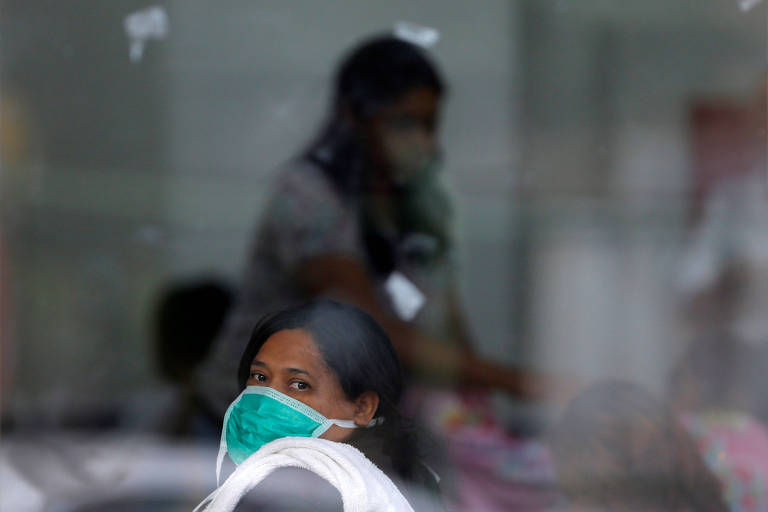RIO DE JANEIRO, BRAZIL – The official records of Covid-19 in Brazil represent only eight percent of the real number of cases, according to the Health Operations and Intelligence Center’s (NOIS) projection, of the Pontifical Catholic University of Rio de Janeiro (PUC-Rio), released on Monday, April 13th.

The true rates would be up to 12 times higher than those released by the Ministry of Health and could currently be close to 300,000.
The percentage of notifications is even lower than the national average in São Paulo (6.5 percent) and Rio de Janeiro (7.2 percent) – the two states that account for the vast majority of novel coronavirus cases.
According to the technical note, “the high underreporting level may suggest a false notion of disease control and, consequently, lead to a decline in the implementation of containment actions, such as horizontal isolation”.
The researchers’ goal is precisely to alert to the importance of mass testing and the provision of more consistent data. “The main problem with underreporting is that people infected with the virus but untested may eventually relax more in terms of social isolation,” said NOIS researcher Marcelo Prado, an engineer at Biz Capital.
“As underreporting increases, a greater number of people may relax on the issue of social isolation and thus increase the rates of contagion of the disease”.
Furthermore, he explains, understanding the real dimension of the epidemic is essential for health authorities to determine the necessary equipment (such as ICU beds, ventilators, among others) and to implement more efficient isolation policies, focused on the locations with higher epidemic prevalence.
Source: Estadão Conteúdo

